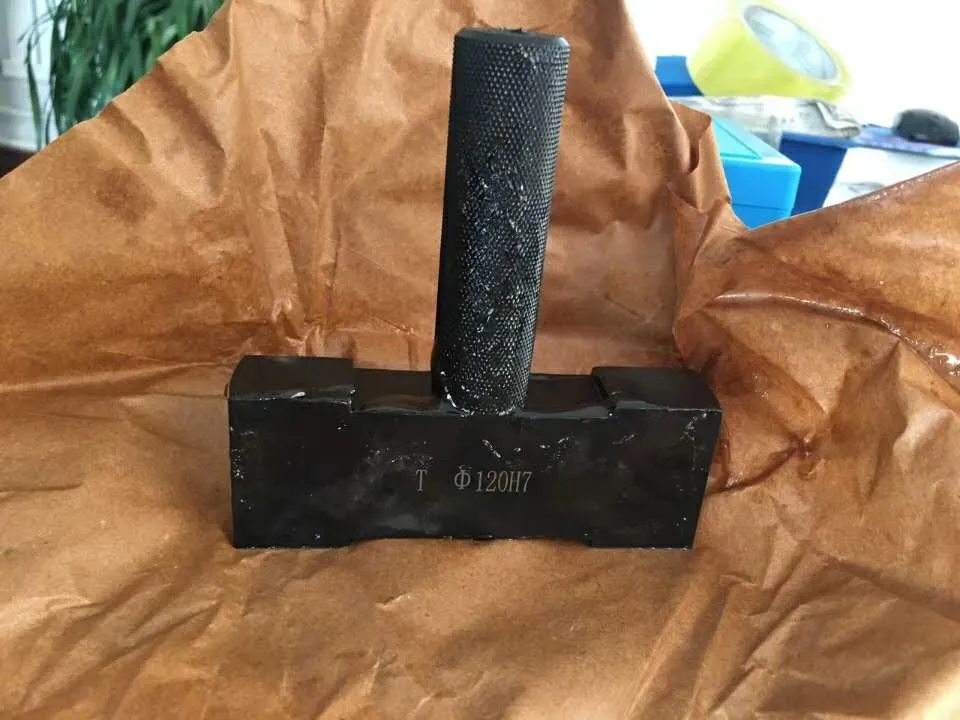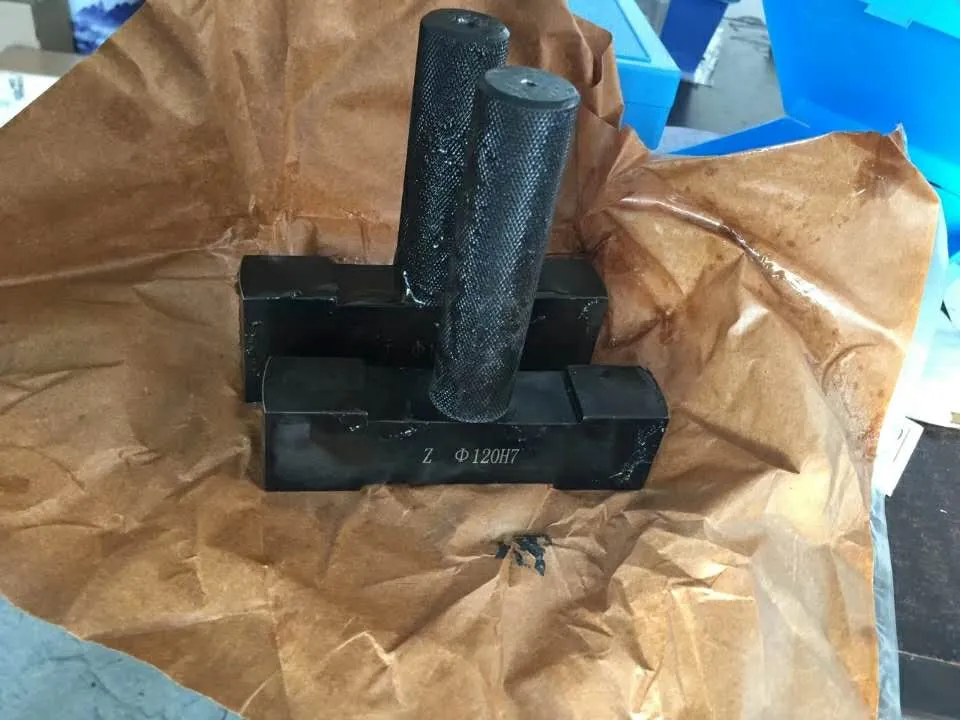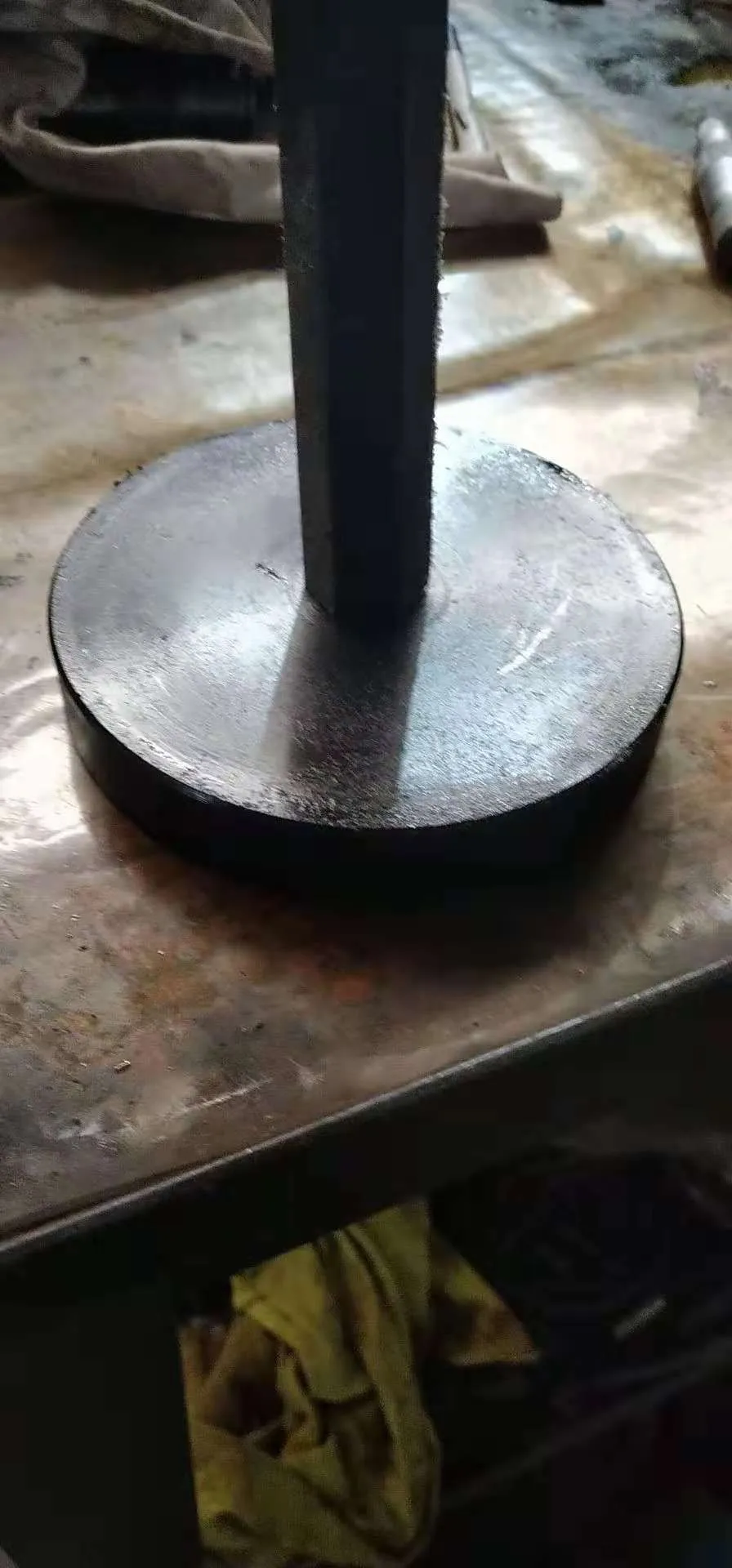İyn . 03, 2025 17:21 Siyahıya qayıt
Advanced Precision Bore Gauge Measurement Solutions
Accurate bore measurement remains critical for quality manufacturing and maintenance operations. This comprehensive guide examines plug gauge fundamentals, explores dial bore gauge functionality, details various types of bore gauge, and analyzes bore gauge price factors - providing complete dimensional verification knowledge.At Storaen (Cangzhou) International, we are driven by a passionate commitment to excellence and innovation in the manufacturing landscape.

Plug Gauge Measurement Principles
The plug gauge represents one of the simplest yet most reliable bore verification tools available. Standard plug gauge designs feature precisely machined cylindrical ends that must fit smoothly into measured holes. Quality plug gauge products maintain tight tolerances through hardened steel construction and careful surface finishing. Many plug gauge sets include progressive sizing to verify wear limits and production tolerances. Proper plug gauge use requires clean components and careful handling to prevent measurement inaccuracies.

Dial Bore Gauge Functionality
Modern dial bore gauge instruments provide highly accurate internal diameter measurements with direct readings. The typical dial bore gauge configuration incorporates a sensitive indicator mounted on an adjustable anvil system. Precision dial bore gauge models can measure to small fractions across various bore sizes. Many dial bore gauge products include interchangeable contact points for different measurement ranges. Regular calibration ensures dial bore gauge instruments maintain specified accuracy throughout service life.

Types of Bore Gauge Compared
The measurement industry offers several types of bore gauge to address different inspection requirements. Simple telescoping types of bore gauge provide quick verification for field applications. More sophisticated electronic types of bore gauge record measurements digitally for documentation and analysis. Specialty types of bore gauge exist for measuring tapered, oval, or exceptionally large bores. When selecting among types of bore gauge, consider required accuracy, measurement environment, and data recording needs.
Bore Gauge Price Considerations
Several factors influence bore gauge price across different quality and capability tiers. Basic bore gauge price points typically reflect mechanical designs with limited measurement ranges. Mid-range bore gauge price levels include enhanced features like carbide contacts and shock-resistant cases. Premium bore gauge price tiers correspond to certified laboratory-grade instruments with extensive documentation. When evaluating bore gauge price, consider long-term calibration costs and potential measurement system compatibility requirements.
Plug Gauge Measurement FAQ
What are the primary advantages of plug gauge tools?
Plug gauge instruments provide several distinct benefits that make them indispensable in manufacturing environments. The straightforward design of plug gauge tools allows for rapid inspection without requiring specialized training to operate. Their solid construction gives plug gauge products exceptional durability, capable of withstanding repeated use in harsh production conditions. Unlike more complex measurement devices, plug gauge implements deliver unambiguous pass/fail results that eliminate interpretation errors during high-volume verification. The simplicity of plug gauge methodology also reduces maintenance requirements while ensuring consistent measurement reliability over extended periods. Many quality systems specifically mandate plug gauge verification for critical bore diameter checks due to these inherent advantages.
How does dial bore gauge accuracy compare to other methods?
When evaluating measurement precision, quality dial bore gauge instruments occupy an optimal position between various verification technologies. The sensitive mechanisms in dial bore gauge devices typically achieve finer resolution than basic telescoping gauges while remaining substantially more portable than fixed coordinate measuring machines. Modern dial bore gauge designs incorporate friction-free movements and temperature-compensated components that maintain accuracy across different working environments. Unlike some electronic alternatives, a properly calibrated dial bore gauge doesn't require power sources yet still provides direct analog readings. For many applications, dial bore gauge tools deliver the ideal balance of precision and practicality that satisfies both workshop and quality control requirements.
What types of bore gauge work best for field measurements?
Field measurement scenarios demand specific types of bore gauge that combine portability with reliable performance. Compact telescoping types of bore gauge excel in these applications due to their lightweight construction and minimal setup requirements. Small-dial types of bore gauge with protective cases prove equally valuable for mobile use while providing enhanced measurement resolution. These field-oriented types of bore gauge typically feature ruggedized designs that withstand vibration, dust exposure, and occasional impacts common in outdoor or plant environments. Many service technicians prefer types of bore gauge with quick-reading scales that facilitate rapid documentation without sacrificing accuracy. The optimal field types of bore gauge balance measurement capability with practical handling characteristics for challenging working conditions.
What factors most affect bore gauge price?
Several key elements primarily drive bore gauge price variations across different models and manufacturers. The measurement range capabilities significantly influence bore gauge price, with wider-ranging instruments commanding premium valuations. Accuracy specifications represent another major bore gauge price determinant, as tighter tolerances require more precise manufacturing processes. Included accessories like calibration standards, protective cases, and extension sets further affect bore gauge price structures. Material quality plays an important role, with carbide-tipped contacts and hardened frames increasing bore gauge price while enhancing durability. Certification documentation and traceable calibration records also contribute to bore gauge price differences between basic and premium offerings.
How often should bore gauges be recalibrated?
Maintaining measurement integrity requires establishing appropriate recalibration intervals for precision bore gauges. The optimal recalibration schedule depends on how intensely the instruments are used and how critical their measurements are to final product quality. Heavy-use bore gauges in production environments may need quarterly verification, while occasional-use tools might maintain accuracy with annual calibration. Environmental factors like temperature fluctuations and exposure to contaminants can accelerate the need for recalibration. Many quality systems mandate periodic recalibration regardless of usage to ensure ongoing measurement reliability. Between formal calibrations, users should regularly verify bore gauge performance against known standards to detect any potential accuracy drift. Proper storage and handling practices help extend calibration intervals by minimizing wear and environmental damage.
From basic plug gauge verification to sophisticated dial bore gauge measurements, proper tool selection ensures dimensional accuracy. Various types of bore gauge address different inspection challenges, while understanding bore gauge price factors helps make informed purchasing decisions. Our mission is to empower industries across the globe by delivering high-quality, reliable industrial products that set the standard for performance and durability. We believe in harnessing the spirit of Botou, China—a city pulsating with industrious energy and creativity—to craft solutions that not only meet but exceed our customers’ expectations. We strive to build lasting partnerships grounded in trust, reliability, and unparalleled service, ensuring that our clients can achieve their goals with confidence.This guide provides comprehensive knowledge about these essential measurement instruments for manufacturing and maintenance applications.
-
Why the Right Angle Ruler Reigns in MetalworkingXəbərlərJul.21,2025
-
The Enduring Allure of Granite Boxes in Modern InteriorsXəbərlərJul.21,2025
-
The Digital Gauging Revolution: Reshaping Thread Rings Inspection's FutureXəbərlərJul.21,2025
-
How Modern Inspection Platforms Transcend Surface MeasurementXəbərlərJul.21,2025
-
How Customization Drives Wholesale Success in Parallel RulersXəbərlərJul.21,2025
-
Fortifying Permanent Steel Ground Anchors Against Corrosion's OnslaughtXəbərlərJul.21,2025
Əlaqədar məhsullar









